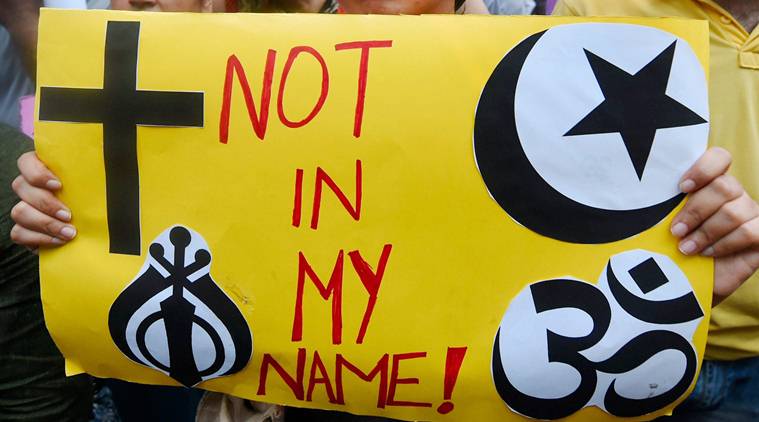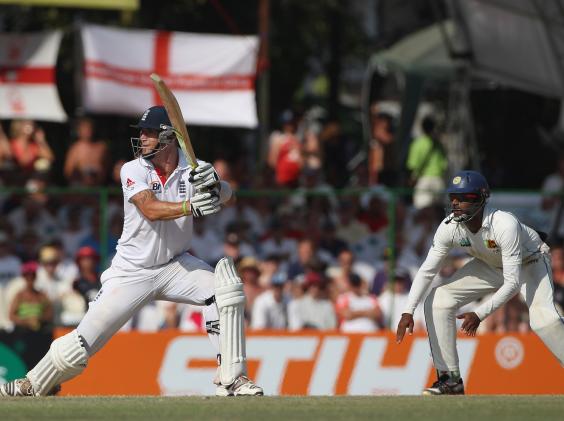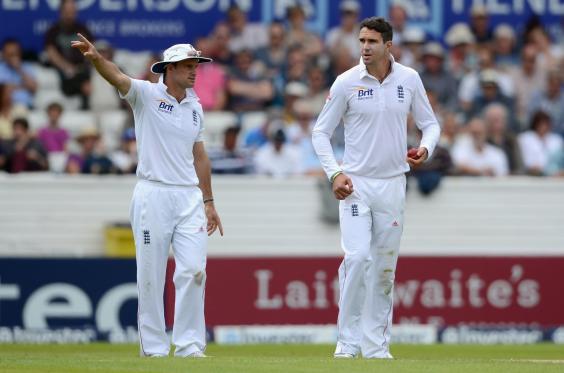Rana Foroohar in The Financial Times
A day or two after Donald Trump announced tariffs on a spate of Chinese goods, the world was gripped by fears of a trade war. More than a week later, there is a storyline building that perhaps the US president had the right idea. China is negotiating with the US; the US and South Korea will probably cut a new trade deal. While the administration is right to call China out over unfair trade practices, however, there is also a risk of taking away the wrong message, which is that tariffs are the best way to protect the US Rust Belt.
China may not play fair, but it plays the long game. This is the crucial point. While Mr Trump rails mostly against the trade deficit, China has an industrial policy designed to win the jobs of the future in strategic high-tech industries. This is the better strategy, as evidenced not only by what is happening in the Middle Kingdom, but also in the US.
Consider the success of Columbus, Ohio, a city whose fortunes I have followed closely for many years because it is an economic and political bellwether for the country. Politicos come here to take the pre-election temperature of the nation and companies to test drive new products. Columbus is in the heart of the Rust Belt territory that helped elect the president. Mr Trump has visited Ohio in recent days, offering modest federal incentives with the aim of creating a boom in local infrastructure spending (unlikely, given the dismal fiscal picture in many US states and cities).
Columbus is the third-biggest national market for employment in the manufacture of motor vehicles. Yet the city fathers are not too bothered either way about what the president does or does not do around tariffs.
“Some industries will win, some will lose,” says Kenny McDonald, the head of Columbus 2020, the regional economic development strategy. “But there’s plenty of people at JPMorgan, Honda and Nationwide [all large local employers] that are right now working on algorithms that may replace their jobs.”
This statement reflects important truths. During the past four decades, technology has created just as much job disruption, if not more, in the Rust Belt as has trade. After the global financial crisis, Columbus was one of the US cities that suffered most. While it didn’t fall quite as far as the rest of the state thanks to a diversified economy (Columbus is the state capital and also has a strong education sector), it was faced with chopping $100m in municipal spending — more than 15 per cent of its total operating budget — in 2009.
The city did all the usual back-end trimming of public services. But then, rather than become Detroit, which for a period of time literally couldn’t keep the lights or water on, Columbus also did something else: it thought ahead.
The Democratic mayor went to the Republican city fathers and persuaded them to support a tax rise, the first in nearly four decades. They agreed, on condition that a chunk of that money would go into a public-private economic development partnership that focused on how to cultivate human capital for an era in which all value will reside in intellectual property, data and ideas.
They connected community colleges with local companies, domestic and global (L Brands, JPMorgan, Worthington Industries, Honda) to train up a digitally savvy technical workforce. They renovated the crumbling downtown and created new housing stock to appeal to the millennials who had been leaving for greener pastures after their studies.
Columbus is now one of the top 10 areas that young workers are pouring into (it ranks number three as a city of choice for fashion designers, after Los Angeles and New York). In an effort to move from making bumpers and hubcaps to being part of the internet of things, Columbus bid for, and won, a $40m Department of Transportation grant to become a “smart city” focused on electric vehicles. About $500m of additional investment has followed.
“This isn’t a five-year plan for economic development, it’s a 100-year plan,” says Alex Fischer, head of the chief executives group the Columbus Partnership.
The city is part of Elon Musk’s “hyper-loop” plan to create a train that can connect Chicago, Columbus and Pittsburgh in minutes. Ohio State and Columbus State Community College have started some of the first degree programmes in data analytics. Tesla, AWS and Apple have moved into town. Accenture now has an innovation lab on what used to be the site of a large buggy manufacturer.
It is hard to imagine a greater symbol of change. The Columbus region has, since 2010, created roughly half of all the new jobs in Ohio. Harvard Business School recently wrote a case study about the city’s accomplishments.
The city’s success is a great example of what American industrial policy can yield. Many countries — not just China, but also a number of European nations — create multiyear plans for economic development. The US does not, of course. Industrial policy have always been dirty words here.
Mr Trump, and many others, rail against Chinese state-run capitalism. But by demonising the outsider, rather than creating a real national economic development strategy at home, the US is missing the point. Columbus is, in a way, showing how to do Chinese economic development with American characteristics. It’s a strategy worth copying.




